Glossary
Please Confirm !
You are now leaving www.utilityincomefund.com. Reaves Utility Income Fund is not responsible for the content set forth on external websites. No judgment or warranty is made with respect to the accuracy, timeliness, or suitability of the content of information on the site regarding Reaves Utility Income Fund, and Reaves Utility Income Fund takes no responsibility thereof. To return to the Reaves Utility Income Fund, simply close the second browser window. Thank you. Click "OK" to continue.
